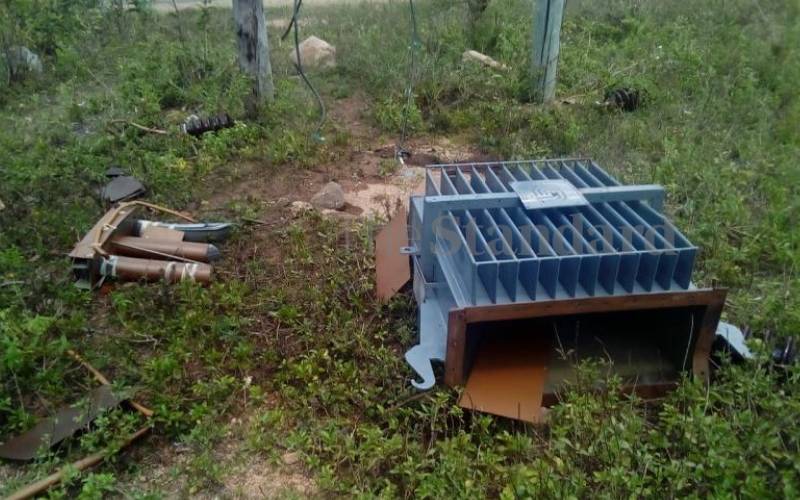×
The Standard e-Paper
Read Offline Anywhere

According to the United Nations Sustainable Development Goal (SDG) 7, countries should work towards access to affordable, reliable, sustainable and modern energy for all by 2030.
This would enable social-economic transformation. Despite various initiatives, electricity access remains a challenge with more than 700 million people globally without access - majority in sub-Saharan Africa. Kenya is no exception with more than 20 per cent of its population without electricity.